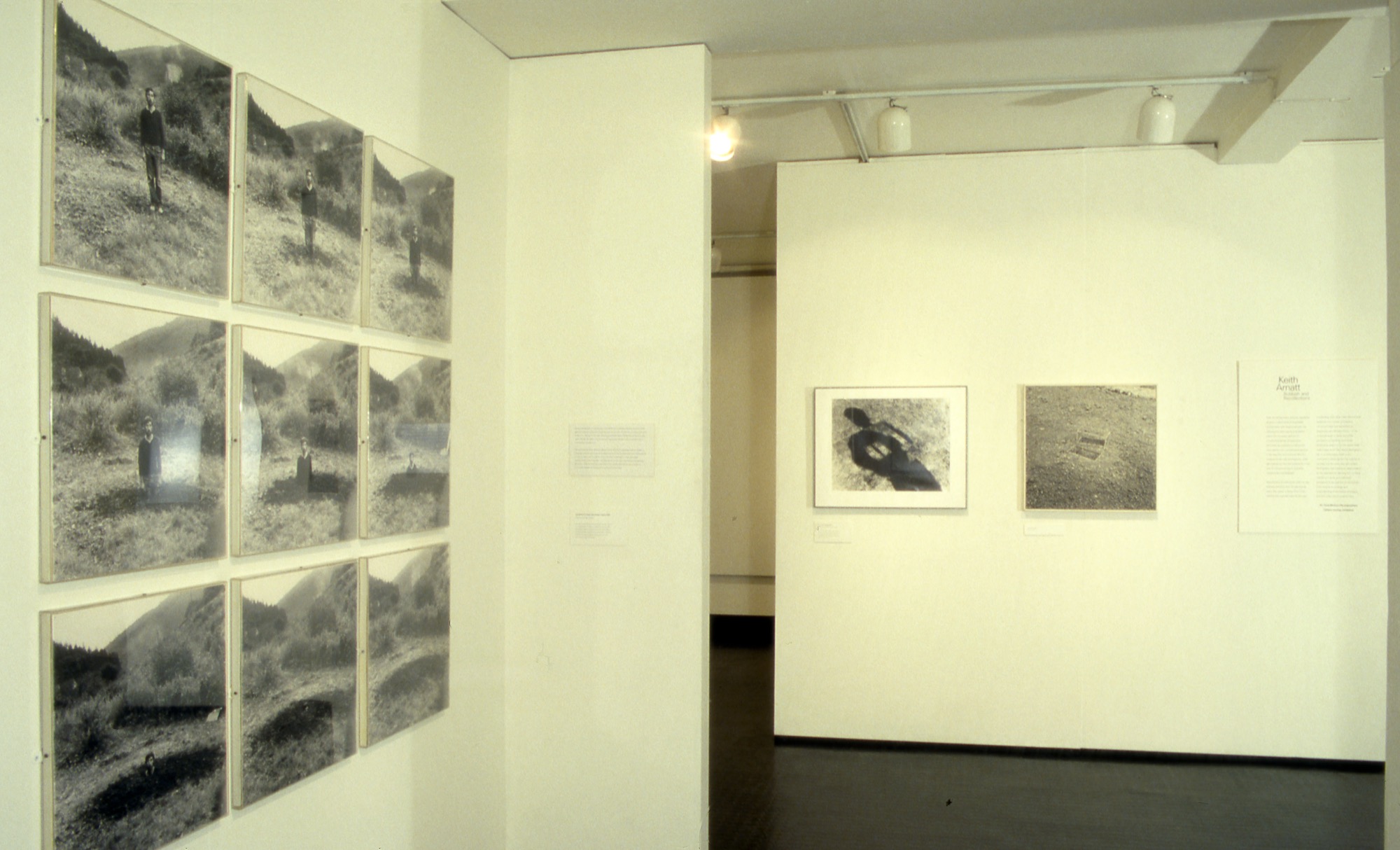This exhibition, Keith Arnatt's first major retrospective, reviews his work over the last twenty years. Arnatt trained originally as a painter and later worked as a sculptor; he first achieved renown in the late 60s. producing work which acted as an incisive and at times ironic sidelong commentary on the debates surrounding the conceptual art of that time - such as his famous Self Burial, now in the collection of the Tate Gallery.
This and other works, due to their specific location or temporary nature, led him to use photographs as documentary records in order to reach a wider audience. In time he became interested in the photographic medium itself, and addressed his works directly at the camera.
Rubbish and Recollections reveals Arnatt's enduring interest in means of representation, in images and what lies behind them - the behaviour of the artist, artistic procedures and conventions. The exhibition links his early works of the 60s and his later output which has been exclusively photographic. It includes his portrait series of the 70s, The Visitors and Walking the Dog which he describes as 'pseudo-snapshots', and his landscape series which focus on the Wye Valley, always with reference to the landscape traditions which dictate our responses to such a subject.
In his most recent colour work. some of his most powerful images which he exhibits here for the first time, he focuses on the refuse-strewn lanes and rubbish dumps of the same locality. He approaches with an almost visionary zeal the most unlikely and seemingly unproductive scene, transforming it to find grandeur, drama, a new sublime, where others would not think to look, nor dare to tread.
Installation views:
An Oriel Mostyn/The Photographers' Gallery touring exhibition.
Co-curated by Martin Caiger-Smith and Susan Beardmore
An exhibition catalogue, Keith Arnott: Rubbish and Recollections, with 44pp, many colour and duotone plates, introduction by Richard Cork, and texts by Ian Walker and Martin Caiger-Smith, was published. ISBN: 978-0907879237
For further information on this and past exhibitions, visit our Archive and Study Room.






